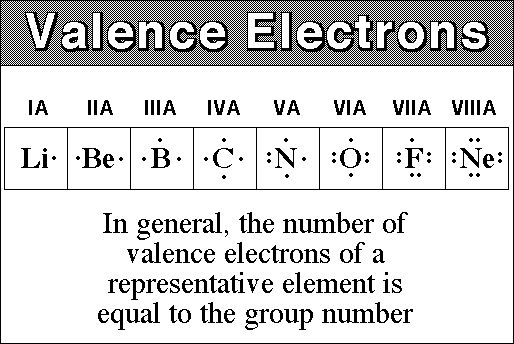

The holes are the majority carriers in p-type material. Majority and Minority Carriers Since most of the current carriers are holes, silicon (or germanium) doped with trivalent atoms is called a p-type semiconductor. A boron (B) impurity atom is shown in the center. A hole created by this doping process is not accompanied by a conduction (free) electron.įig: Trivalent impurity atom in a silicon crystal structure. The number of holes can be carefully controlled by the number of trivalent impurity atoms added to the silicon. Because the trivalent atom can take an electron, it is often referred to as an acceptor atom. All three of the boron atom’s valence electrons are used in the covalent bonds and, since four electrons are required, a hole results when each trivalent atom is added. As illustrated in Below Figure, each trivalent atom (boron, in this case) forms covalent bonds with four adjacent silicon atoms.

To increase the number of holes in intrinsic silicon, trivalent impurity atoms are added. These are atoms with three valence electrons such as boron (B), indium (In), and gallium (Ga). Although the majority of current carriers in n-type material are electrons, there are also a few holes that are created when electron-hole pairs are thermally generated. These holes are not produced by the addition of the pentavalent impurity atoms. Holes in an n-type material are called minority carriers. The electrons are called the majority carriers in n-type material. Majority and Minority Carriers Since most of the current carriers are electrons, silicon (or germanium) doped with pentavalent atoms is an n-type semiconductor (the n stands for the negative charge on an electron).
ANTIMONY NUMBER OF VALENCE ELECTRONS FREE
The extra electron from the Sb atom becomes a free electron. An antimony (Sb) impurity atom is shown in the center. A conduction electron created by this doping process does not leave a hole in the valence band because it is in excess of the number required to fill the valence band.įig: Pentavalent impurity atom in a silicon crystal structure. The number of conduction electrons can be carefully controlled by the number of impurity atoms added to the silicon. Four of the antimony atom’s valence electrons are used to form the covalent bonds with silicon atoms, leaving one extra electron. This extra electron becomes a conduction electron because it is not involved in bonding. Because the pentavalent atom gives up an electron, it is often called a donor atom. These are atoms with five valence electrons such as arsenic (As), phosphorus (P), bismuth (Bi), and antimony (Sb).Īs illustrated in Below Figure, each pentavalent atom (antimony, in this case) forms covalent bonds with four adjacent silicon atoms. To increase the number of conduction-band electrons in intrinsic silicon, pentavalent impurity atoms are added. The two categories of impurities are n-type and p-type. This process, called doping, increases the number of current carriers (electrons or holes). Since semiconductors are generally poor conductors, their conductivity can be drastically increased by the controlled addition of impurities to the intrinsic (pure) P. This is done by adding impurities to the intrinsic material. Two types of extrinsic (impure) semiconductive materials, n-type and p-type, are the key building blocks for most types of electronic devices. Intrinsic silicon (or germanium) must be modified by increasing the number of free electrons or holes to increase its conductivity and make it useful in electronic devices.

This is because of the limited number of free electrons in the conduction band and holes in the valence band. Semiconductive materials do not conduct current well and are of limited value in their intrinsic state.


 0 kommentar(er)
0 kommentar(er)
